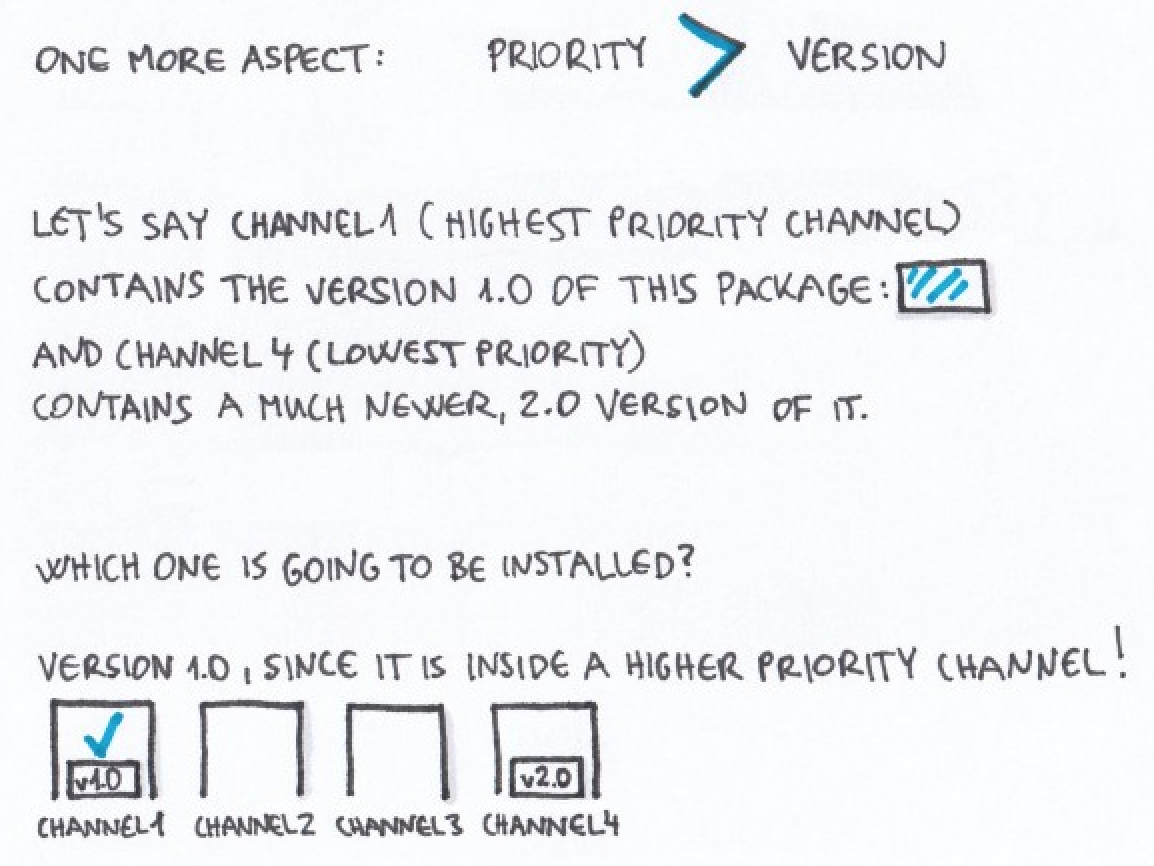

Revision of the source code from the GitHub repository: $ git clone git:///emcconville/wand.git $ cd wand/ $ python setup. Or would you like to enjoy the bleeding edge? Check out the head
CONDA IMAGEMAGIC INSTALL
You can install the package from PyPI by using pip: $ pip install Wand All functionalities of MagickWand API are Documentationīuilding the documentation has additional dependencies that require installation.Wand is a ctypes-based simple ImageMagick binding for Python, OpenCV 2.4.6 or a more recent version (one that provides the package cv2) may be needed for some advanced image manipulation.įor instance, using the method clip.resize requires that at least one of Scipy, PIL, Pillow or OpenCV is installed.Scikit Image may be needed for some advanced image manipulation.Scipy (for tracking, segmenting, etc.) can be used to resize video clips if PIL and OpenCV are not installed.The Python Imaging Library (PIL) or, even better, its branch Pillow.PyGame is needed for video and sound previews (not relevant if you intend to work with MoviePy on a server but essential for advanced video editing by hand).įor advanced image processing, you will need one or several of the following packages: If it fails, you can still configure it by setting environment variables (see the documentation). Once you have installed ImageMagick, MoviePy will try to autodetect the path to its executable. It can also be used as a backend for GIFs, though you can also create GIFs with MoviePy without ImageMagick. ImageMagick is not strictly required, but needed if you want to incorporate texts. Installation by hand: download the sources, either from PyPI or, if you want the development version, from GitHub, unzip everything into one folder, open a terminal and type: If you want to use a specific version of FFMPEG, follow the instructions in config_defaults.py.
CONDA IMAGEMAGIC SOFTWARE
The software FFMPEG should be automatically downloaded/installed (by imageio) during your first use of MoviePy (installation will take a few seconds). MoviePy depends on the Python modules NumPy, Imageio, Decorator, and Proglog, which will be automatically installed during MoviePy's installation. Open an issue or contact us directly if you are interested. 2021!) and all the MoviePy maintainers seem busy, we'd love to hear about developers interested in giving a hand and solving some of the issues (especially the ones that affect you) or reviewing pull requests. Maintainers wanted!Īs there are more and more people seeking support (270 open issues as of Jan. Note: This example uses the new 2.x API, for MoviePy 1.0.3, currently on PyPI, see this snippet. write_videofile( "myHolidays_edited.webm", fps = 25) # Many options. Result = CompositeVideoClip() # Overlay text on video result. txt_clip = ( TextClip( "My Holidays 2013", fontsize = 70, color = 'white') Looks like this for Pandas on macOS for example, - pandas1.0.5p圓nda env create cannot use this to create the same environment on other OS, like Linux inside Docker for instance.

conda install-channel conda-forge pyvips Non-conda install. There’s a handy chapter in the docs explaining how libvips opens files. On this test pyvips is typically 3x faster than ImageMagick and needs 5x less memory. From moviepy import * video = VideoFileClip( "myHolidays.mp4"). conda env export command pins your dependencies to the exact version along with OS specific details. Loads a large tiff image, shrinks by 10, sharpens, and saves again.


 0 kommentar(er)
0 kommentar(er)
